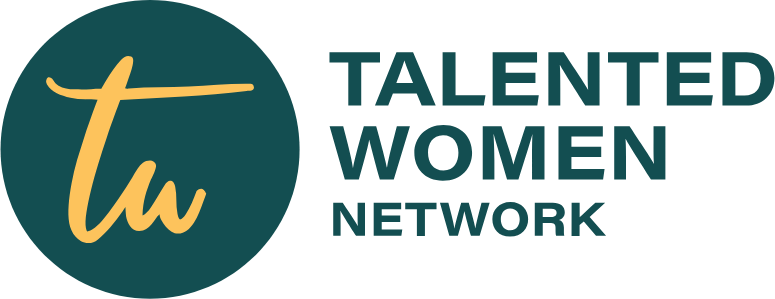“Tell me about yourself” is often the first question in a job interview. It sets the tone for the conversation and gives you an opportunity to make a strong first impression. Let’s explore how to craft a compelling response.
Structure Your Response for Maximum Impact
A well-structured answer follows the Present-Past-Future formula:
- Present – Start with your current role, highlighting key responsibilities and achievements.
- Past – Briefly mention relevant experiences that led you to your current position.
- Future – Express your career goals and how the job aligns with them.
A good example will be: “I am currently a Marketing Coordinator at XYZ Company, where I manage social media campaigns and analyze performance metrics to improve engagement. Before that, I worked at ABC Agency, where I gained hands-on experience in digital advertising and client relations. I’m now looking for an opportunity to leverage my skills in a more strategic role, which is why I’m excited about this position.”
Tailoring Your Answer to Different Job Roles
Your response should align with the specific job you’re applying for. Here’s how:
- For leadership roles: Emphasize management experience and team achievements.
- For technical positions: Highlight relevant skills, tools, and certifications.
- For customer-facing roles: Focus on communication skills and client interactions.
- For entry-level jobs: Showcase academic achievements, internships, and transferable skills.
Common Mistakes to Avoid
- Being too vague – Avoid generic statements like “I’m a hard worker.” Be specific about your skills and experience.
- Giving too much personal information – Keep your answer professional and job-related.
- Rambling – Keep your response concise (around 60-90 seconds) to maintain the interviewer’s interest.
- Reciting your entire resume – Focus on key points rather than listing every job you’ve had.
- Failing to connect with the job – Ensure your answer aligns with the role’s requirements and company values.
By structuring your response effectively, tailoring it to the role, and avoiding common pitfalls, you can make a strong impression and set the stage for a successful interview.

